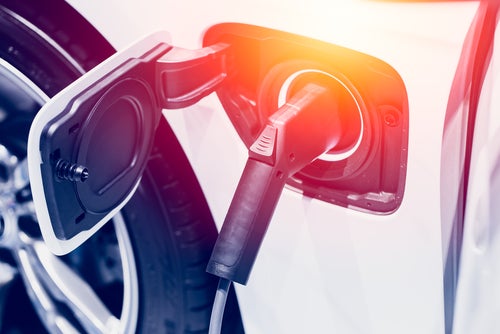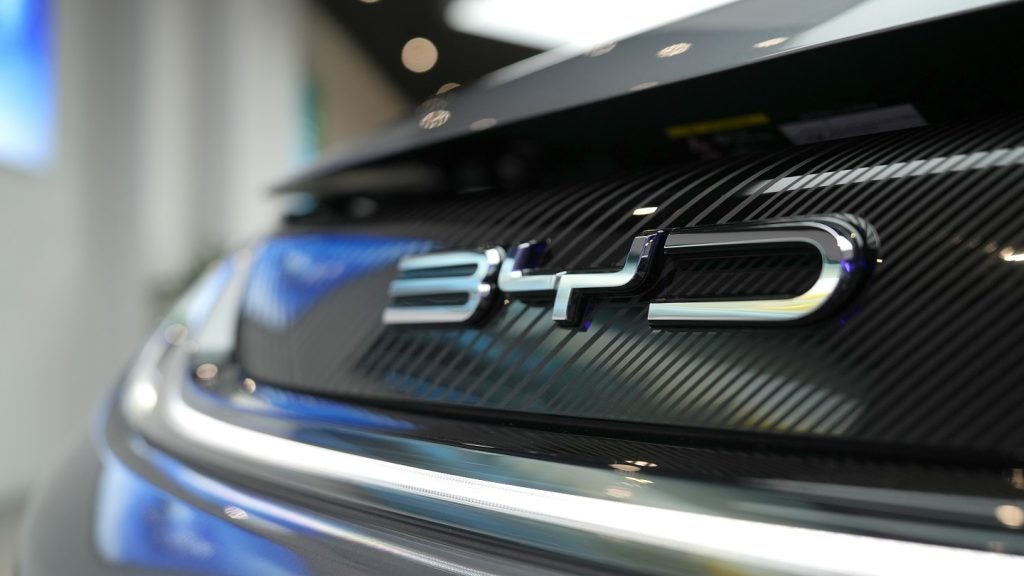
Global battery electric vehicle (BEV) sales reached 10.4m over the past 12 months to March 2024, according to data from New AutoMotive’s Global Electric Vehicle Tracker (GEVT).
The figure represents a 35% increase in BEV sales compared to March in the previous year – with emerging markets like Thailand and India leading the charge. The same increase in sales was also seen in February’s YoY sales, showing clear and consistent growth in the global EV market.
BEV sales continue to improve in China, with total sales up 17% compared to March last year. Sales of new petrol and diesel vehicles failed to increase in the same period – suggesting the country is already reaching its peak number of ICE vehicles.
In South America, Brazil’s BEV market has continued its rapid growth which began last summer, with the country seeing a 950% increase in YoY BEV sales in March 2024.
Many mature European markets are also driving the global increase in BEV sales, with countries like Belgium, Denmark, Portugal and Finland all seeing sales increase more than 50% compared to last year.
Despite recent headlines, Tesla remains ahead in most markets where full manufacturer data is available. However, with global competition on the rise, the manufacturer’s market share in China is being increasingly squeezed.
How well do you really know your competitors?
Access the most comprehensive Company Profiles on the market, powered by GlobalData. Save hours of research. Gain competitive edge.

Thank you!
Your download email will arrive shortly
Not ready to buy yet? Download a free sample
We are confident about the unique quality of our Company Profiles. However, we want you to make the most beneficial decision for your business, so we offer a free sample that you can download by submitting the below form
By GlobalDataBen Nelmes, CEO of New AutoMotive, said: “Global BEV sales remain high, and both emerging and mature markets are driving growth. This, combined with the fact China is closing in on a point of peak new petrol and diesel vehicle sales, is a surefire sign that we’re heading in the right direction.
“Policy incentives and sales targets are working in a large majority of countries, with many of these markets still at the beginning of their transition to clean transport. The key to maintaining global momentum is keeping those ambitious government policies in place, and making it more affordable for people to make the switch.
“These strong numbers should provide reassurance to any government that is considering raising the ambition of its EV policies. The benefits of cheaper transport and improved energy security are well within reach, with the right combination of obligations for car manufacturers and incentives for consumers.”





